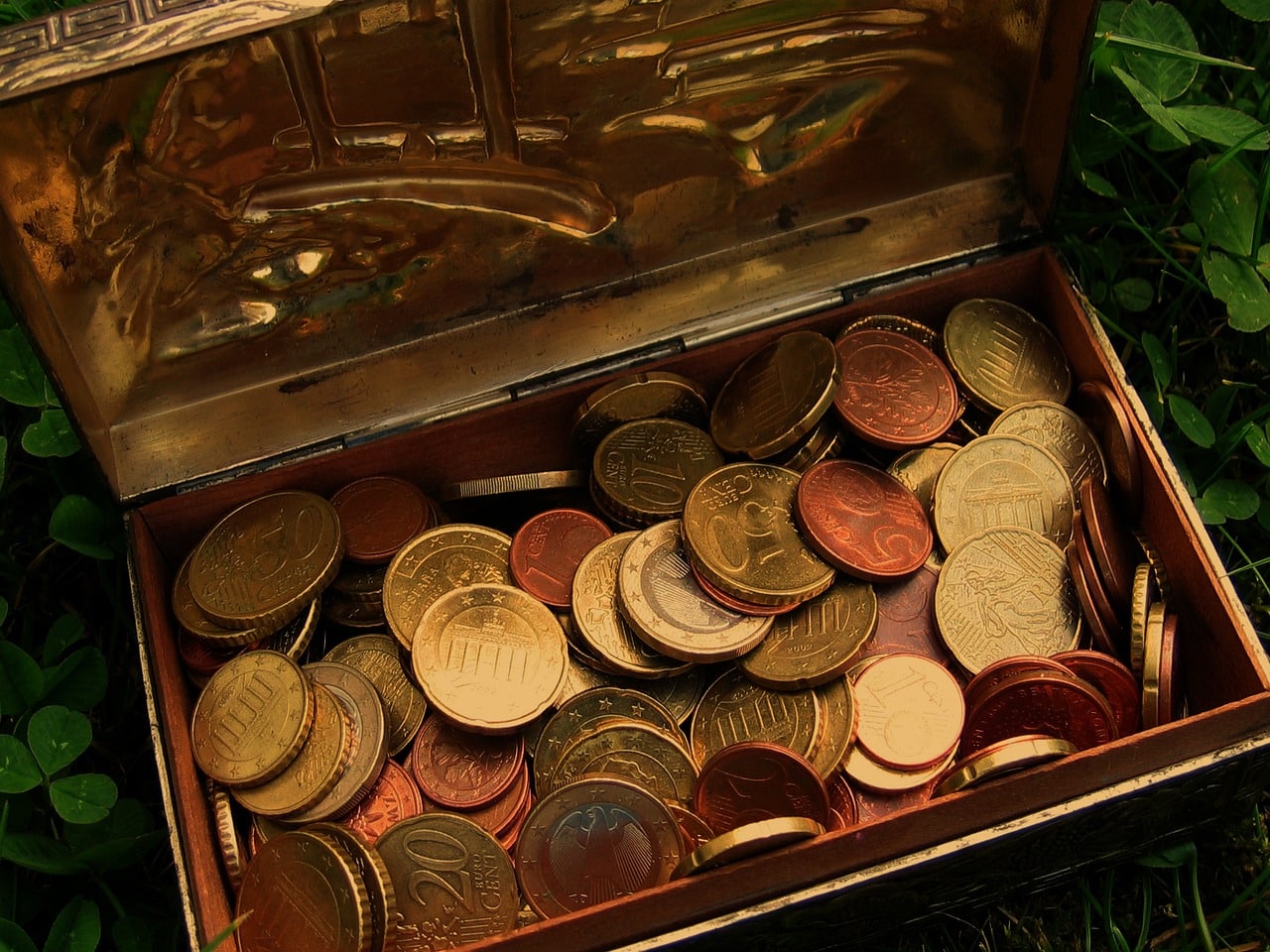
The doubloon is an ancient gold coin.
Two excellent
The original doubloon received this name since it was equivalent to two excellent ones . An excellent , meanwhile, was a gold coin worth one double , minted by the Catholic Monarchs starting in 1497 .
Over time, any gold coin minted by Spanish monarchs with a value equivalent to or greater than two escudos (a monetary unit) began to be called doubloon.
Outside of Spain, the doubloon concept was also used by many countries, to the point of becoming a model that they took as a basis for some of their gold coins. Such was the case of France ( Louis d'or ), Switzerland ( duplone ), Italy ( doppia ), Prussia ( Friedrich d'or ) and Germany ( pistole ).
Physical characteristics and value
The first doubloon had a weight of 6.77 grams and was worth two escudos . Later, the four-piece doubloon (weighing 13.5 grams and equivalent to four escudos ) and the eight-piece doubloon ( weighing 27 grams and worth eight escudos or one ounce of gold ) emerged. The cent doubloon (equal to one hundred gold doubloons ) was also minted .
Doubloons were the legal currency in Spanish territory until the middle of the 19th century . Isabel II , in 1859 , made the decision to adopt the reales to replace the shield , using the doubloon as a base. The 6.77 gram doubloon, in turn, was replaced by an 8.37 gram doubloon equivalent to one hundred reales.
Spit doubloons
The verbal phrase "spit doubloons" refers to showing off wealth . According to the dictionary published by the Royal Spanish Academy (RAE) in its dictionary, it is used in colloquial language.
In bullfighting
In bullfighting , the concept of "doubloon" refers to a luck or movement executed by the bullfighter during the fight of a bull . It is a pass in which the bullfighter makes a complete turn around himself while the bull charges, thus managing to avoid the animal's attack with elegance and precision. The doubloon is considered one of the most risky and colorful movements in bullfighting.
The doubloon requires great skill and courage on the part of the bullfighter, since it involves getting dangerously close to the bull while executing the turn. At this moment, coordination, balance and technique are essential to avoid the animal's attack and perform a fluid and aesthetic movement. A well-executed doubloon can trigger a standing ovation from the audience, who recognizes the virtuosity and bravery of the bullfighter.

Several European countries created their own doubloons.
This movement, also known as “the bell turn ,” has its roots in the Spanish bullfighting tradition and has been an integral part of bullfighting for many years. Its execution requires perfect synchronization between the bull and the bullfighter, as well as a deep knowledge of the animal's behavior and attack. A successful doubloon allows the bullfighter to demonstrate his mastery over the bull and his ability to face the dangers of the fight.
Although the doubloon is an impressive technique and applauded for its spectacular nature, it is also important to keep in mind that bullfighting is a controversial topic and generates conflicting opinions. Some consider that this practice should be abolished for ethical and animal welfare reasons, while others see it as a cultural and artistic manifestation rooted in historical traditions. It is essential to take into account different points of view and promote a respectful and constructive dialogue on the topic.
